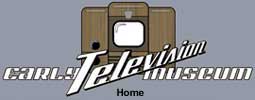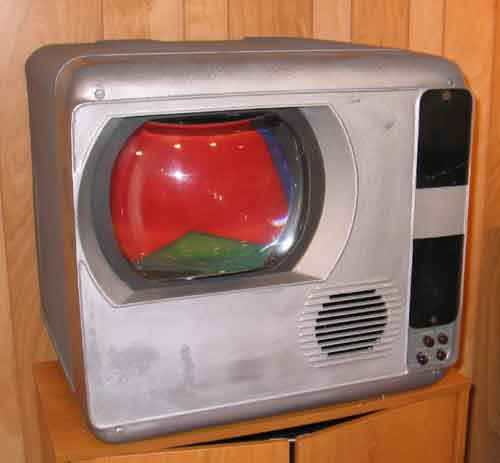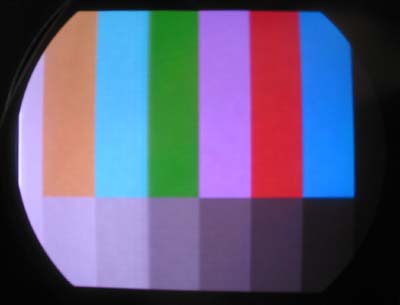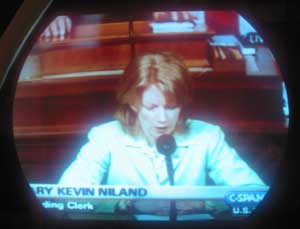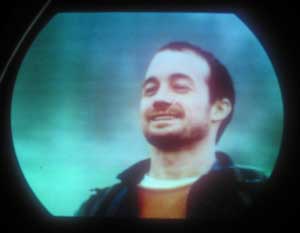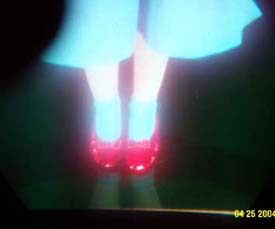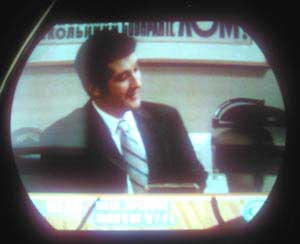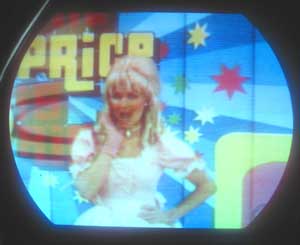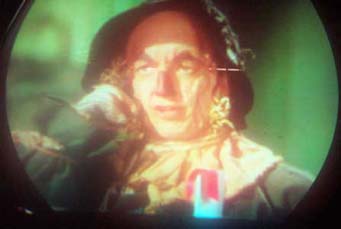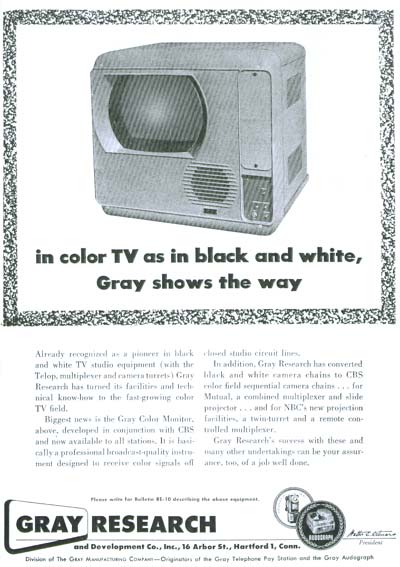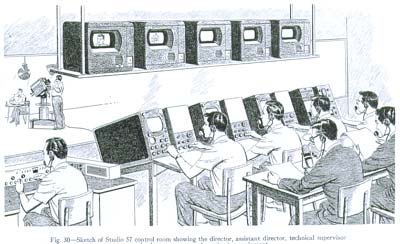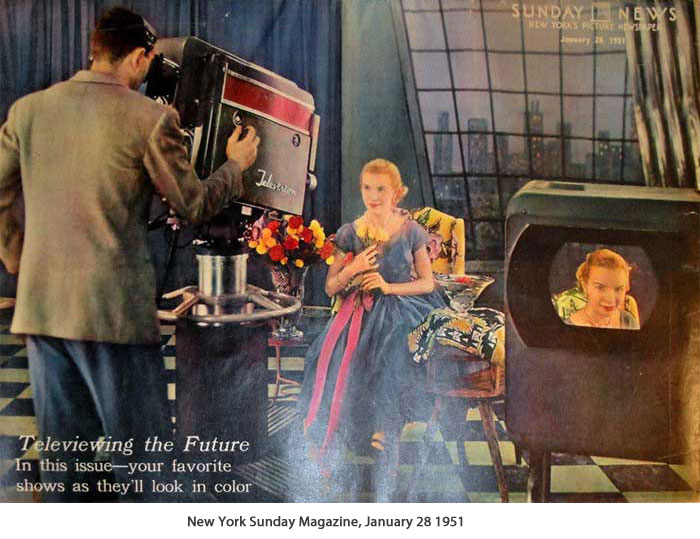Early Color Television Gray Research 1101 Field Sequential MonitorThis is a studio monitor made in 1950 for use with the CBS field sequential color system. It has a 10 inch picture tube with a color wheel in front of it. This unit is missing its wheel, motor, and lens. It is the only known surviving field sequential studio monitor. Here are more details and pictures. Apparently, Gray made two models of this monitor; one for over-the-air CBS broadcasts, and one for closed circuit use. John Folsom aquired one of the closed circuit models, and is restoring it. We have completed restoring the monitor, and have built a color bar generator for the CBS field sequential system. In addition, Darryl Hock has built a NTSC-CBS converter converter to allow broadcast TV to be viewed. We bought the monitor on Ebay several years ago. Recently, we received an email from James Cozart, the previous owner:
On a visit to the museum, James delivered the lens, which we have installed on the monitor. It greatly improves the viewing angle. (click on picture for high resolution image) Here is a photo from the screen of the color bar/grey scale pattern.
Photos of the screen using the NTSC-CBS converter made by Darryl Hock (more will be posted about this later). The color actually looks better on the screen than in these pictures.
Courtesy of Ed Reitan In 2013 John Folsom acquired a similar monitor, which was missing its motor control chassis. He is building a replica chassis and plans to get his monitor working.
Looks similar to the Gray Research monitor. Another version? Notice that the camera doesn't have any markings on it. Whose studio is this? |
